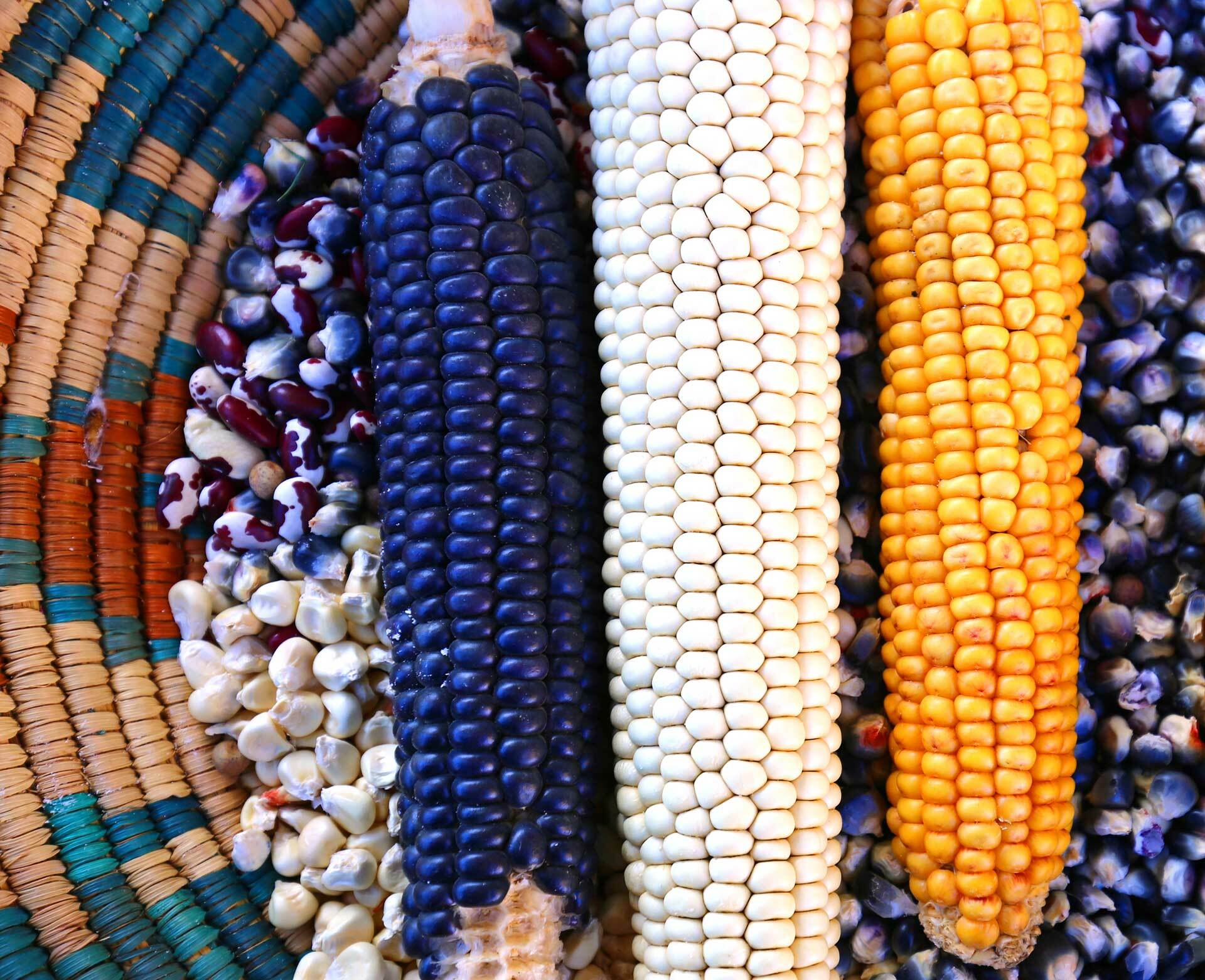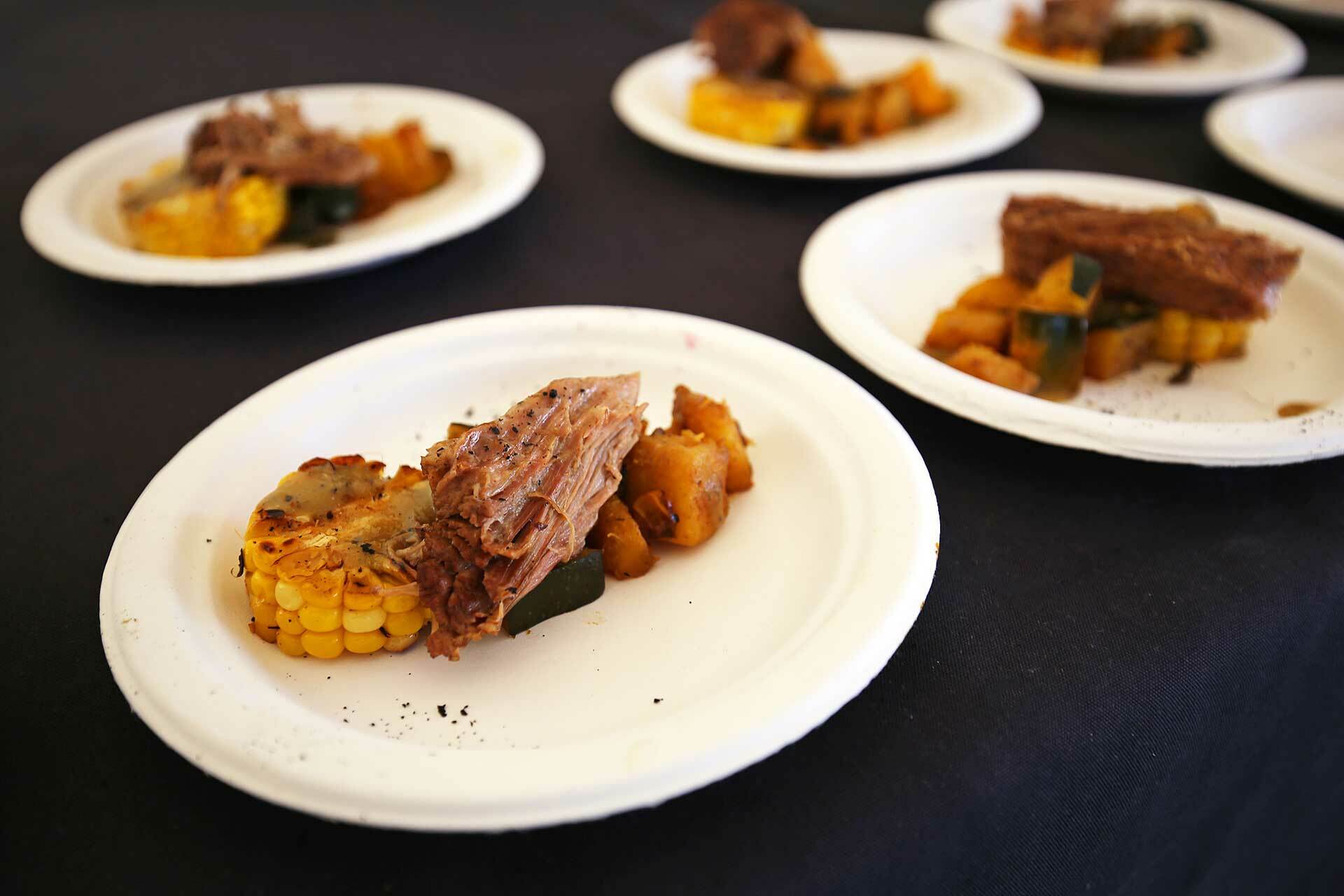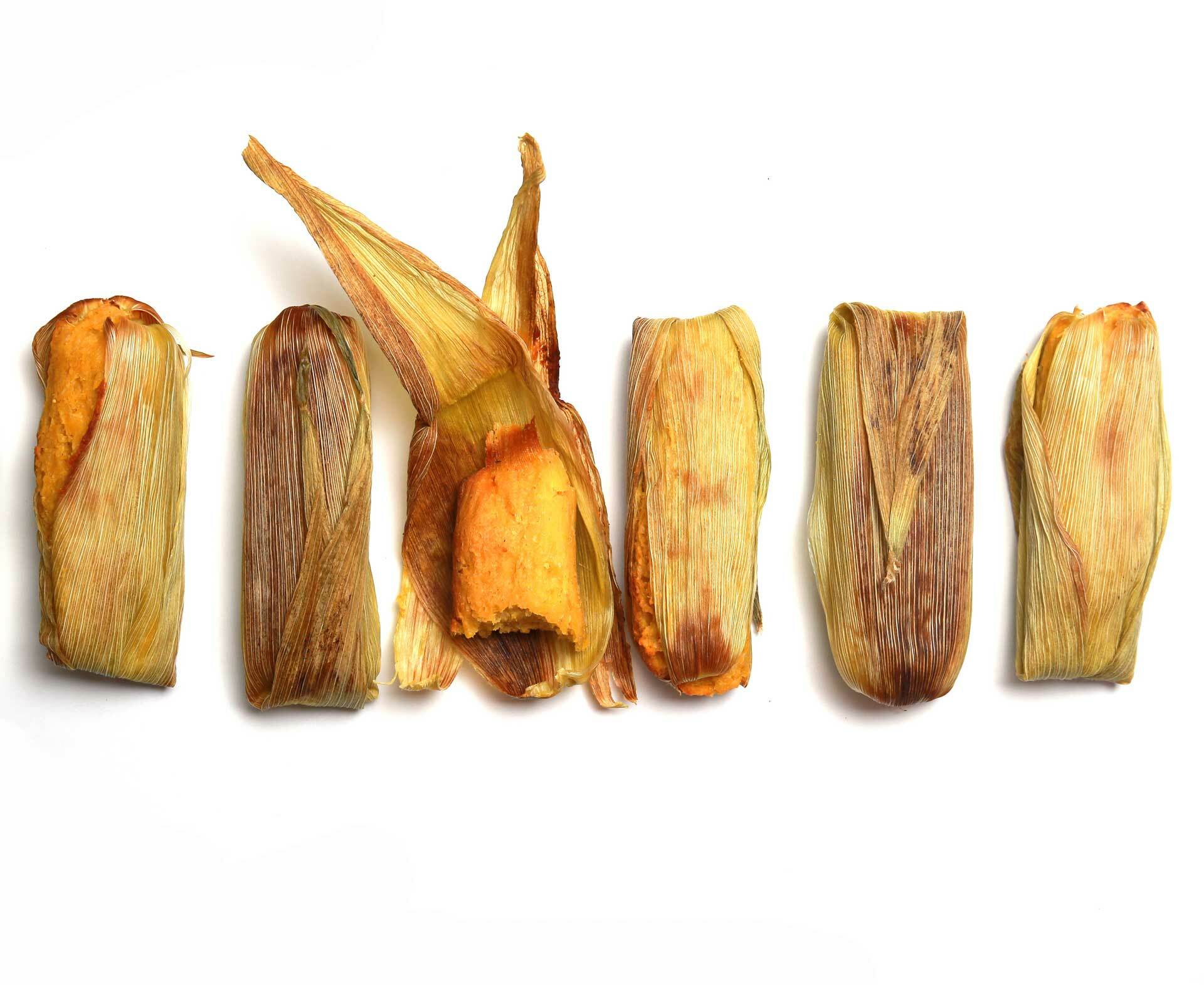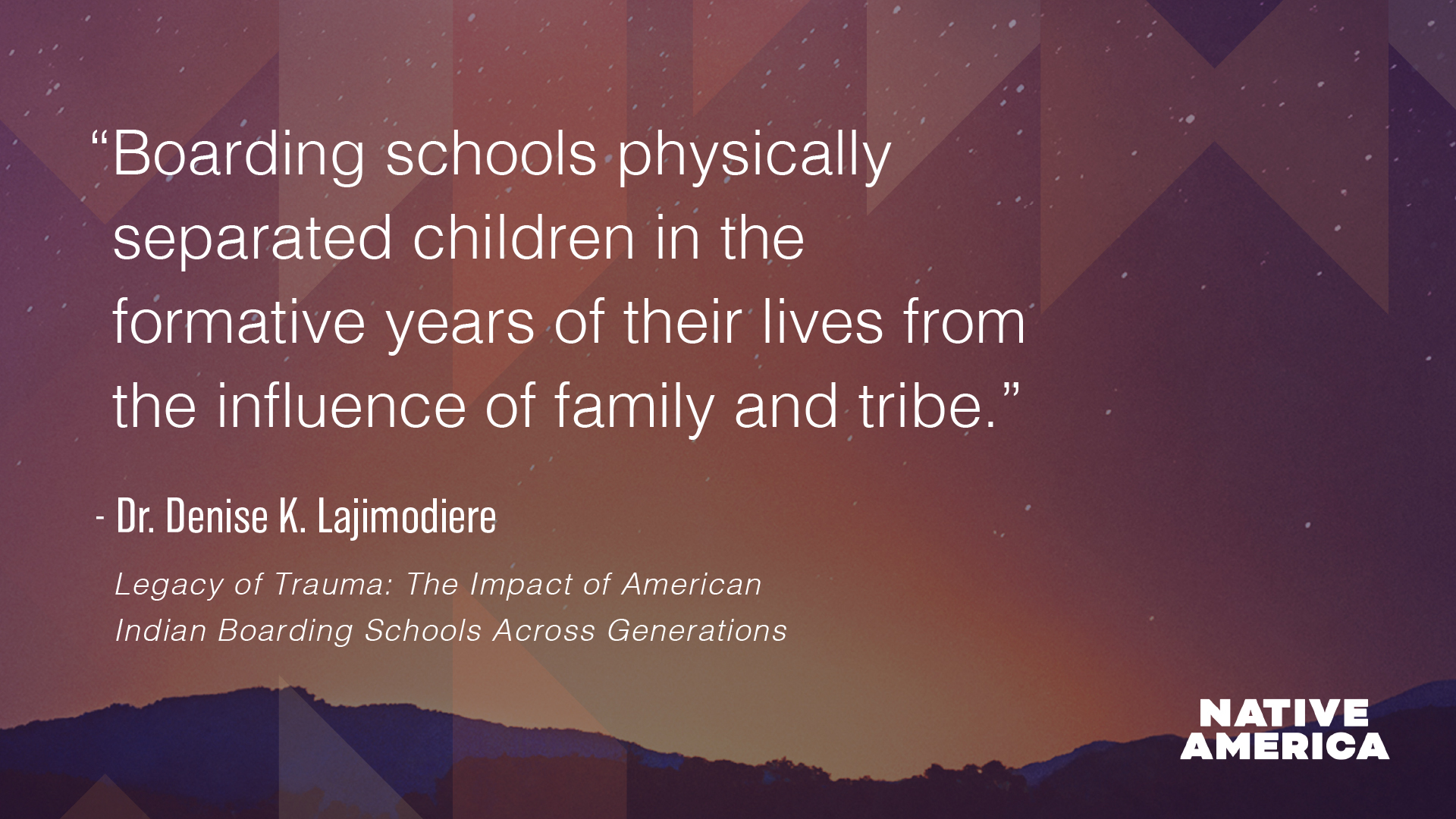Meet the Three Sisters Who Sustain Native America
Editor’s Note: The opinions expressed are solely those of the authors.

Think of the Three Sisters as the Holy Trinity of some Indigenous cultures, a trifecta of agricultural sustainability, and as the base of a really good soup. The Three Sisters are represented by corn, beans, and squash and they’re an important facet of Indigenous culture and foodways. They’re planted in a symbiotic triad where beans are planted at the base of the corn stalks. The stalks offer climbing bean vines support as they reach for sunlight from the earth. The beans, in turn, pump beneficial nitrogen back into the soil, fertilizing the corn and squash, while the squash's broad, spiny leaves protect the bean plants from predatory animals.
The Three Sisters also offer spiritual connection and appear in mythology across tribes, from the Hopis of the Southwest to the Oneidas of the Midwest and the Iroquois in the Northeast, but my personal connection to these staple crops is removed from this mythology and tradition.
Like many Native Americans, I grew up largely separated from traditional Navajo culture, ceremony, agriculture and Indigenous food. The separation occurred generations ago and it is only recently that I’ve started a journey back into the traditions of my ancestors. However, that doesn’t mean The Three Sisters are not present in my memories and in my pantry.

Corn: I first understood the beauty of corn as a kid while fishing at Blue Water Lake, New Mexico with my dad and little sister. The sun was setting and cool air floated across the lake’s surface. A dark pickup truck bounced down a crooked road to our little spot on the beach. A sign read “roast corn” and “$1.” My dad pulled three wrinkled dollar bills from his pocket and handed them to a weathered, dark-skinned man in the pickup truck. The man pulled three ears of corn from an ice chest, rolled them in some butter and sprinkled them with salt. I was in heaven, cheeks-deep in the sweet yellow kernels soaked in butter.
Beans: Beans remind me of stories my mom told about her life in Compton, California. At least once a month, my mom would tell us about how she and her twin sister lived in simplicity back the ‘60s. “All we ate were beans!” she would say. Now I always think of my mom when I make beans at home. My favorite way to eat them is simply, just like my mother did in Compton; boiled for hours with only salt.
Squash: The smell of cooking and roasted squash makes me a little sad. It reminds me of the days leading up to my first departure from home as an adult. Growing up, my mom sometimes put squash inside her simple dish of potatoes and ground beef. I loved it when the squash got a little caramelized and sweet. It was like a treat, because we didn’t eat squash much at all. As I prepared to move to clear across the state to attend college, I was sick with anxiety and heartbroken to leave my family.

I attach these memories to the Three Sisters. For every tribe and for every individual Native person, the flavors and smells of these three key ingredients hold so much memory. For some, the stories are like mine. For others, the stories are attached to Indigenous culture and ceremony. Many Indigenous people are now on a path of rediscovery, preservation, and reinvention of these staple foods. The Three Sisters are experiencing a culinary resurgence after decades of lost knowledge due to forced relocation, cultural oppression, and genocide. Numerous tribes have found renewed health and spiritual bonds through efforts to sustain, cultivate, and cook with the Three Sisters.
“We brought the Three Sisters from our homeland,” Jesse Padron tells me. Padron is the Oneida Nation School System’s Food Service Director. By “homeland,” he means upstate New York, the region originally occupied by the Oneida before they were forced from the area due to white encroachment. Treaties with the federal government shrunk the size of their land in the 1700s and 1800s, pushing them into Wisconsin where their reservation is today. While their tribe suffered historic loss of life, land, and resources, they ensured that the Three Sisters seeds and farming methods stayed with the tribe.
The relocation story of the Oneida is a tragic one, and sadly, it is not unique. Historical accounts of forced removal tell of Native people hiding seeds in their personal belongings and stitching them into their clothes. The Navajo took the seeds with them when they were forced into a prison camp in Bosque Redondo, 400 miles from their homeland. The Cherokee took seeds with them on the Trail of Tears.
Padron and the Oneida Nation School System are a part of the larger Oneida Community Integrated Food System that aims to keep locally grown and traditional food accessible to the community. The Three Sisters and associated farming techniques comprise a large part of their efforts.

As one can imagine, a variety of dishes can be made from the Three Sisters, including traditional Oneida corn soup which is now found on the menu of the school cafeteria, thanks in part to Padron’s relentless efforts. “We had to do a tightrope walk to get the approval from Wisconsin’s Department of Public Instruction for the different types of food that we serve,” Padron says. He’s still working on getting more traditional foods approved so that they can be served to Oneida students at the nation’s two schools.
In the Southwest, the Three Sisters farming method is not widely used today. Michael Kotutwa Johnson, a traditional Hopi farmer and doctoral candidate at University of Arizona in the School of Natural Resources and Environment attributes this to a loss of traditional knowledge. In the past, Hopi farmers would have had the agricultural insight to grow corn through a severe drought. But that skill belongs to fewer and fewer Hopis. In fact, Johnson had initially never heard of Southwest tribes using this method because it takes a lot of water concentrated in one place to keep three closely planted crops hydrated.
Farming in a desert is tough work and Native farmers continue to experiment with new methods of adapting traditional crops to the dry terrain. Clayton Brascope is the Program Director of the Traditional Native Farmers Association, President of the Native American Food Sovereignty Alliance, and a farmer who grows on the Tesuque Pueblo reservation in northern New Mexico.
As a long-time farmer and father to four curious daughters, he’s seen the benefit of growing in the Three Sisters method. He experimented with growing several Three Sisters gardens until he found a good combination of plants that work well together. In the hot desert, it’s the tough squash plants that help keep any precious moisture from evaporating and minimize the growth of weeds. By planting beans and squash later than the corn, Brascope is able to better manage how the plants come to fruition. “It’s like a family unit,” Brascope says. “Everybody has their place, their duty and responsibility to other members of that family unit.”
His favorite way to prepare Three Sisters is by cooking beans and dried corn together and adding squash last. “Depending on the time of year, we’ll add green chile,” he said. “And we’re practicing making corn tortillas now.”

Three Sisters are included in an array of traditional dishes across Native America. In the Oneida Nation, burnt corn soup is made with roasted corn and it’s a reminder of the burnt crops people salvaged during times of conflict and war. In the Southwest, posole and corn stews are everyone’s favorite dish made with chile and mutton. Native chefs use Three Sisters as appetizers that top smoked salmon, as side dishes accompanying beautiful golden duck legs, and as main soup dishes to feed protesters at Standing Rock.
With all of these possibilities, when it comes to eating Three Sisters, Brascope assures us, "I never get tired of it.”



